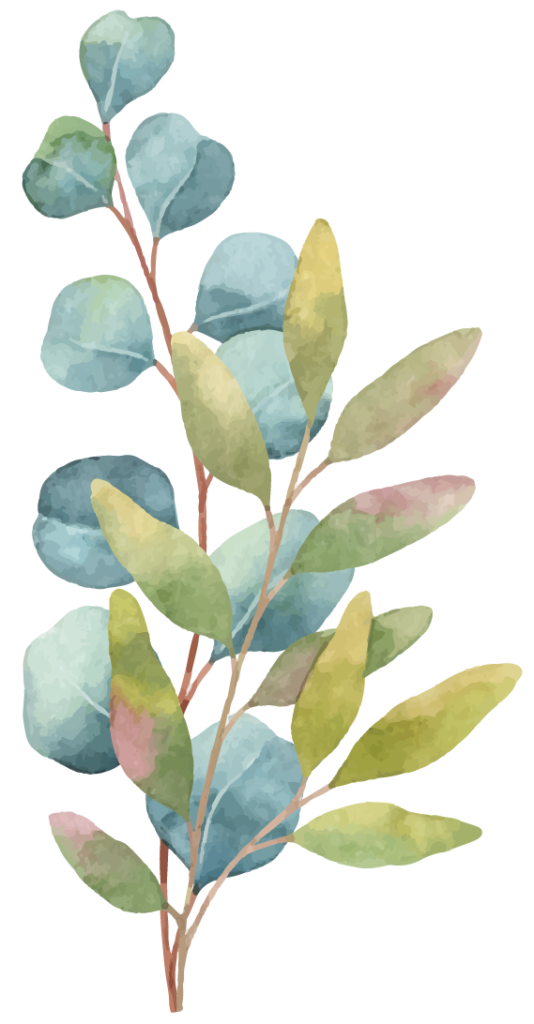Gardening in the Face of Climate Change
For many seasoned gardeners and garden lovers, 2016 was an extraordinary year. The predictability of seasonal changes has become less reliable, highly variable and often extreme in nature. In nearly 40 years of gardening we cannot recall a year quite like it for rapid and continual plant growth. Statistically, 2017 is unlikely to be much different to 2016.

There are many clues to suggest that climate change is playing its part here. The combination of higher levels of carbon dioxide, increased rainfall and higher temperatures, all key components of plant growth, have sent many plants into overdrive. The table, above, gives an overview of temperature changes from three different sources; all of them rising and rising rapidly at that.
There are some things we can do to manage our gardens more effectively and prepare them to cope with most, if not all the vagaries of our changing climate. Here is a quick guide to some of the most important factors.
– Look after your soil. Habitually, we tend to remove garden waste from our gardens but never replenish the soil with organic matter. Adding organic matter to your soil greatly improves soil health and minimises plant stress caused by fungal or bacterial infections. The use of fertilizers in soil does boost plant growth but not sustainably. Remember: Soil organic matter, matters!
– Remember height and spread of any new plants you buy. Many plant species are tending to grow more rapidly, have a longer ‘growing’ period or a mixture of both. Avoid plant congestion (and possible plant stress) by making allowances for this. Overplanting is fine for a show garden but is inherently temporary and has to be changed in time.
– Look after your lawn. As well as regular mowing, aerating, scarifying and top-dressing are the most effective ways to sustainably keep your lawn in good condition. Avoid mowing too short as grasses need to photosynthesize to remain the dominant group of plants in a lawn. Chemicals are helpful but not a cure for lawn issues or a panacea for lawn health; they are temporary in nature and, depending on soil type, heavy rainfall or over irrigation can wash them away (leaching), putting them out of reach of the roots of the turf.
– Winter gardening. These days our winter season is relatively short. The traditional view that winter gardening is unnecessary is now being challenged. This is a crucial time for clearing, pruning, preparing soil and planting woody plants like shrubs and trees. Perennial weeds can much more easily be removed at this time of year. Remember: Winter is the best time to plan for spring!
